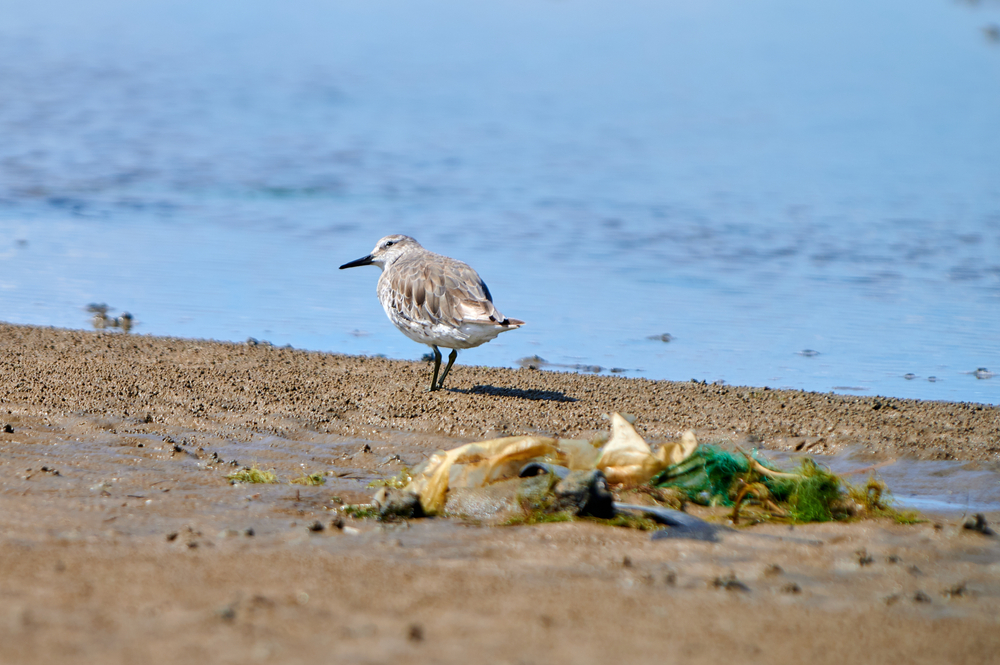Environment: Endangered Species
An endangered species is a species of animal or plant that is seriously at risk of extinction. The International Union for Conservation of Nature (IUCN), an organization funded by the European Commission, is regarded as a global authority on the world’s living species and maintains a list of the world’s endangered species. More than 8,000 scientists from 162 countries make up the IUCN’s Species Survival Commission, which designates as “threatened” any species falling within the critically endangered, endangered, and vulnerable categories. These species are assigned categories based on the level of extinction risk. Identifying a species as threatened and assigning it to one of the related categories is a complicated process, involving the analysis of multiple interconnected variables. These include population size, geographic range, and the number of breeding adults.
Risk Factors
Population Size
There are a variety of factors that put these plants and animals at risk. Most species placed on endangered lists have very small populations with a small number of breeding adults. In addition to being a problem in its own right, this can lead to a loss of genetic variation among species, since small populations of animals are forced to inbreed. The young are subsequently left vulnerable to disease and often fail to reach maturity.
Habitat
Habitat can also be a risk factor. From the clear-cutting of the Amazon rainforest for the purpose of grazing cattle to overhunting and overfishing, living species are under increasing strain in the modern world. When humans build homes, office buildings, and fun parks, preserving space for plants and animals is frequently not a priority. Loss of habitat creates a ripple effect, with animals often deprived of shelter and primary food sources that end up placing them in a vulnerable state.
Range
A plant or animal's range is a function of its habitat and is also used to assess a population's survival risks.
Environmental Factors
Finally, environmental factors such as pollution, a changing global climate, and increasingly extreme weather events are other factors placing a strain on the world’s plants and animals. Before a plant or animal is considered endangered, these factors are taken into consideration. Awareness of the problem leads to a search for solutions—and some measures are being enacted—although current trends suggest that the number of endangered species will only increase as time goes on.
Germany’s Threatened Species
Note: Numbers reflect current estimates and may vary by source.
Top Three Endangered Mammals of Germany
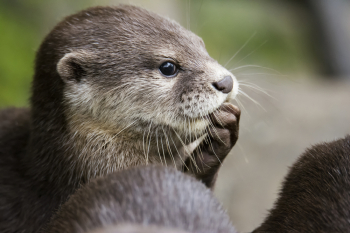
Eurasian Otter (aka European Otter, Common Otter, Old World Otter)
Conservation efforts helped the Eurasian otter rebound from near extinction though it remains endangered. The long, aquatic mammals are brown in color with a lighter coat on their underside and have small ears, a muscular tail, and keen senses of smell, sight, and hearing. They are in the same family as weasels and badgers. Pollution is a major threat to the otters, which leads to acidification of water which in turn affects the otters’ primary food source—fish. Loss of habitat is another issue affecting otter numbers in Germany. The otters were once believed to “overfish” the country’s rivers and streams and were therefore routinely killed. In fact, it is a myth that otters will completely deplete a river’s fish, with fish threatened more from pollution, dam-building, and overfishing by humans than by Eurasian otters.
Gray Wolf (aka Timber Wolf)
Once thought to be extinct, Germany’s gray wolves have increased in number though the overall population remains very small. The gray wolf is the largest of the wild dog species, Canidae, and can have coats that are grayish-brown in color as well as black, white, or combinations of all, with lighter colored facial markings and undersides. Their bushy tails often have a black tip. Though gray wolves are legally protected in Germany, illegal hunting continues, as wolves tend to prey upon domestic livestock including sheep, cattle, and chickens. The wolves are intelligent, social, and known to cover wide ranges and have a territorial nature.
European Mink (aka Russian Mink, Eurasian Mink)
In the same family as otters, ferrets, and weasels, European mink have been and continue to be valued for their lush fur. Having long bodies with short legs and tails, European mink can be reddish-brown to dark brown or blackish-brown in color with waterproof coats. They are a semiaquatic species that lives near stream and rivers where they eat frogs, fish, insects, crustaceans, and small rodents. Overhunting and loss of habitat are major threats to the mink, as well as competition for resources from the American mink, a species that is not native to Germany and was brought to Europe for farming of its fur before escaping into the wild. Isolated populations of European mink are found in both Germany and its neighbor, France, and though captive breeding programs have helped replenish European mink numbers, they remain critically endangered.
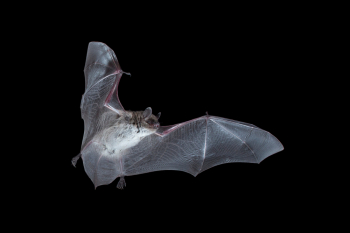
Other Endangered Mammals of Germany
Four species of bat, including the pond bat, barbastelle, Bechstein’s bat, and Geoffroy’s bat, are endangered in Germany due to multiple factors. These include deforestation and strikes from wind turbines, a growing power industry in Germany. Light pollution makes hunting difficult for bats, and a reduction of their insect food source due to the use of pesticides is an additional factor. Germany’s garden dormouse population faces loss of habitat as well as competition for resources from the non-native brown rat. The mouse is now found mostly west of the Rhine River. The European ground squirrel has experienced loss of its natural habitat due to agricultural activities and is also facing competition for resources from the eastern gray squirrel. Additionally, fragmentation has divided populations of the burrowing squirrel into small groups that are more threatened by impacting factors, including increasingly harsh winters and inbreeding. This often results in young that are more vulnerable to disease and may fail to reach a mature breeding age. The harbor porpoise, one of the smallest marine species, is critically endangered in Germany, where they have an extremely small population. This has resulted mainly through fishing activity, especially as the porpoises become bycatch—inadvertently caught marine species that die from entanglement in fishing nets or are killed outright.
Endangered Mollusks of Germany
Several mollusks, a group which includes snails, slugs, mussels, and clams, are endangered in Germany including the freshwater pearl mussel. This critically endangered mussel is extremely sensitive to water pollution, a major problem since it is a filter feeder that can actually improve water quality as it ingests and expels water while retaining food particles. As its name implies, this mussel has been exploited for years in the search for pearls, while some mussel species are the source of mother of pearl, used in jewelry and many other decorative items. Non-marine mollusks, which live on land and in freshwater, comprise the second-most diverse group of species, another factor that leads to high numbers of endangered species. Most extinct mollusks have come from the non-marine category. Among Germany’s endangered mollusks are several snail species including the small, freshwater species Bythinella compressa and Bythiospeum sandbergeri. Factors affecting mollusks include loss of habitat due to urban and agricultural development, which can include the introduction of non-native plant and animal species. Loss of a food source and the impact of predator species—often introduced in efforts to maintain the population of another species—lead to declining numbers. Other adverse influences on mollusks include dam building and other construction, wetland drainage, dredging, pollution, and toxic sediment.
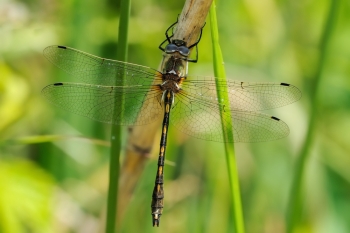
Endangered Invertebrates of Germany
This expansive category explains the more than two dozen endangered invertebrates in Germany. Aside from mollusks, other invertebrates—those species lacking a backbone—include sponges, jellyfish, corals, sea urchins, worms, insects, spiders, and many more. A wide number of factors affect these invertebrate species, including loss of habitat due to human activity, invasive and predator species, wetland drainage, dredging, pollution, and toxic sediment. Endangered invertebrates in Germany include the great raft spider and several species of insects including the Apollo butterfly, cinquefoil skipper, Oxygastra curtisii dragonfly, and the Agabus clypealis and Cerambyx cerdo (great capricorn) beetles.
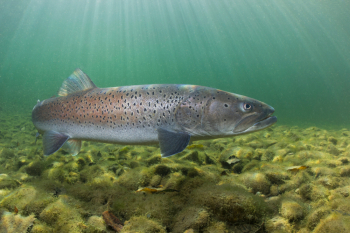
Endangered Fish of Germany
Germany’s endangered fish—among them the Danube salmon—are primarily affected by overfishing as well as pollution. The building of dams impacts fish spawning, as many species travel up or downstream to lay their eggs. Other endangered fish species include the angel shark, Ammersee kilch, Atlantic cod, Atlantic halibut, basking shark and common guitarfish. Some of these, including slow-moving, plankton-eating basking sharks, become bycatch—inadvertently caught marine species that become trapped in fishing nets meant for other fish species. Some freshwater species, limited to small populations in some river systems, are endangered due to those very reasons.
Article written for World Trade Press by Felicia Topp.
Copyright © 1993—2025 World Trade Press. All rights reserved.

 Germany
Germany 